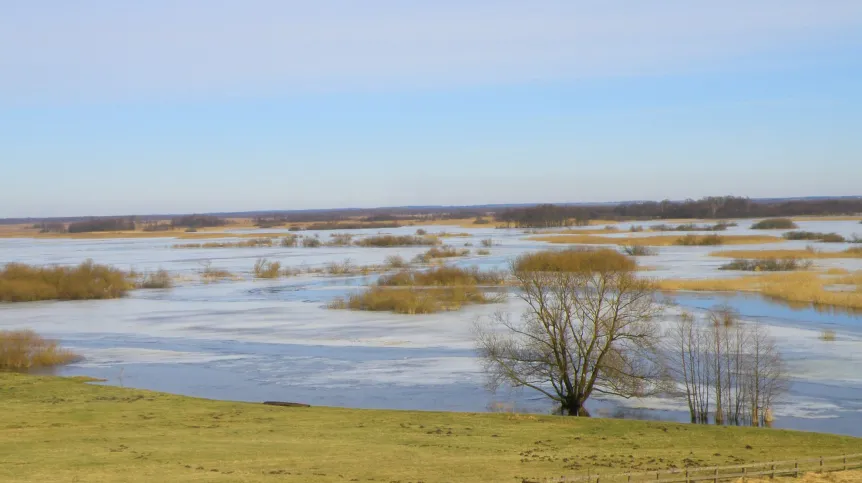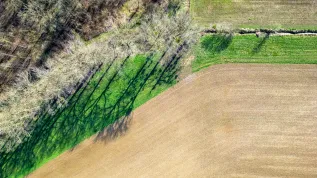
Water in restored peatlands can achieve a value of 60 million euros per year. The gains from water retention are higher than the costs of activities aimed at restoring wetlands, show scientists from WULS-SGGW.
In the article 'To store or to drain - To lose or to gain? Rewetting drained peatlands as a measure for increasing water storage in the transboundary Neman River Basin' scientists explain that rewetting drained peatlands increases water retention of a river basin. The restoration of wetlands could increase water retention by up to 118 million cubic metres. The benefits from increased water storage exceed rewetting costs.
The first author of the paper published in Science of the Total Environment is Marta Stachowicz from WULS-SGGW. According to her and co-authors, agriculture continues to place unwanted pressure on peatland functionality, despite international recognition calling for their conservation and restoration. Rewetting of peatlands is often the first step of restoration.
Using the transborder Neman River Basin in North-Eastern Europe, the researchers from WULS-SGGW evaluated the gains provided by peatland rewetting. They estimated possible changes in water storage capacity from peatland restoration, the value of expected benefits from restoration and the costs of restoration measures.
It turned out that rewetting drained peatlands in the Neman River Basin could increase water retention by up to 118 million cubic metres. The researchers also showed that rewetting the Neman River Basin peatlands would cost from 6.8 million to 51.5 million euros per year.
With less expensive rewetting measures (non-regulated outflow from ditch blocks), the economic gains exceed the costs of rewetting. 'The novel methodology applied in this study can be used when valuing trade-offs between the rewetting of drained peatlands and leaving them drained for the uncertain future of wetland agriculture', the hydrologists and economists conclude.
PAP - Science in Poland
kol/ ekr/ kap/
tr. RL













